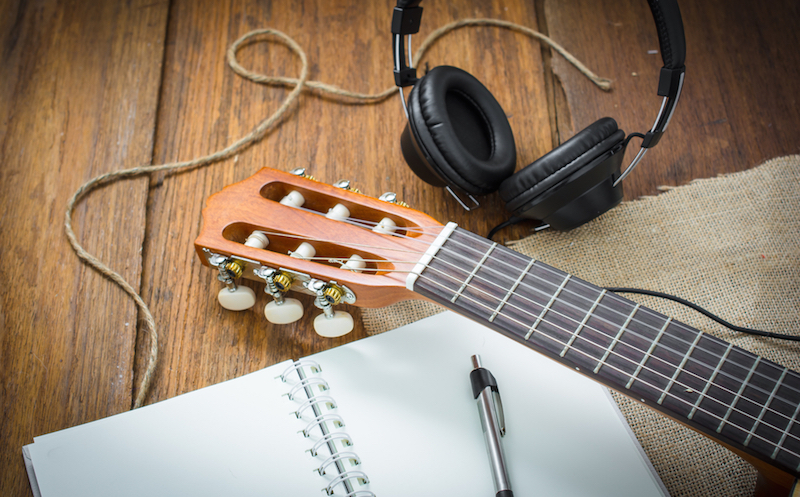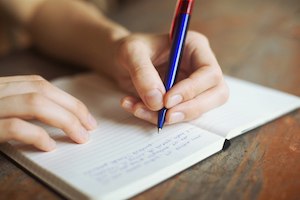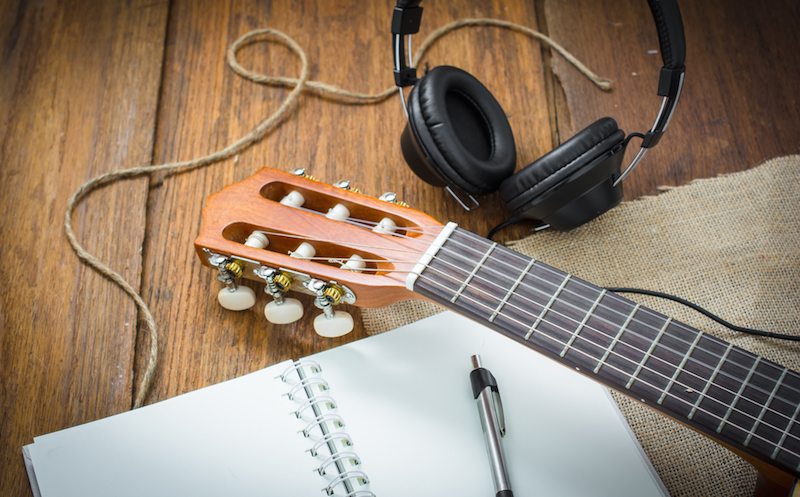Musicians know that practice makes perfect. Whether you are starting to learn an instrument or are an accomplished professional, you still need to practice often – hopefully daily!
The thing is, it can sometimes be very complicated to maintain a structured practice regimen with everything life throws at you. My young students always complain that they have “too much real homework and no time to practice”, my college students usually tell me that “between work and all my other classes, I just couldn’t practice” and my adult students, while usually more self-motivated, will have to deal with work, family, kids and all kinds of other things that will take them away from the piano during the week.
I’m also guilty as charged myself. I don’t practice nearly as often as I wish I could! And unless I’m preparing for a specific project, I don’t always take the time to sit down and practice just to get better.
Young students are easy to manage – parents can supervise them and fill out some kind of practice log. However, as you grow older and take matter into your own hands, nobody will tell you that you can’t play video games until you finish practicing your piano…
This is why maintaining a practice log is so important. Not only does it allow you to keep a detailed account of your progress, but it also forces you to actually be accountable and get it done – no more excuses.

What is a Music Practice Log?
“Practice Log” may sound very rigid and fancy, but in the end it could simply be a spiral notebook in which you note down what you’ve practiced that day, in minutes or number of repetitions. In your practice log you should include any technical exercises or warm-ups you like to do: scales and arpeggios, Hanon for the pianists, long tones for the woodwind players, etc. You should also note any piece or song you practiced that day, with a side-note on any particularly difficult passage or challenge you encountered. I also like to include metronome markings if I’m working with the metronome.
Now what if you would like to improve your aural skills along with your instrumental skills?
Include it in your log.
Ear training is one aspect of playing music that often gets forgotten during practice, but we could all benefit from spending more time on developing our ears and our understanding of the sounds we hear rather than the sounds we see on paper. Unless you are taking music classes in college or studying with a teacher, you might not get to work on your aural skills as much as you’d like, or simply don’t know how to integrate ear training in your daily practice.
Just like when learning a new language, most of us will get very enthused by a new website or software allowing us to practice on our own but will quickly loose interest and stop learning. That’s why it’s essential to understand how ear training practice can be integrated in your daily practice regimen, and how you can use a practice log to stay on track.
Planning and Keeping Track
 Just like with anything else you want to practice, you should always try and plan out your practice session ahead of time. While I usually think in terms of “goals” rather than “time” (e.g. I need to learn this particular passage by the end of the day no matter how long or not long it takes) for many that are just getting started, counting minutes is a lot easier.
Just like with anything else you want to practice, you should always try and plan out your practice session ahead of time. While I usually think in terms of “goals” rather than “time” (e.g. I need to learn this particular passage by the end of the day no matter how long or not long it takes) for many that are just getting started, counting minutes is a lot easier.
So try to plan out a certain amount of time for your practice and dedicate 1/4 of that time to ear training exercises. You can then equally split the remaining time between technique, learning pieces, and keeping your repertoire in shape. That being said, your practice log should record both the amount of time you planned to spend on each activity and how much time you actually spent on it if it was different. You can go even further and indicate how much time you spent on each specific exercise if applicable.
Adding Your Ears
How exactly do you practice ear training? While there are very helpful software programs, websites and apps that you can use to practice interval and chord recognition, amongst other things, it’s also important to integrate ear training with your own instrument playing.
I’m going to use the piano as an example. One thing you can easily do is sing along with the piano. To start simple, you might want to play particular intervals that you have a hard time recognizing, and sing the notes as you play them on the piano – being able to sing something accurately will usually make it easier for you to hear it.
You can do the same with chords: play a particular chord on the piano and try to sing each note individually without arpeggiating the chord. These simple exercises are great for beginners but can also work for anyone who’s done ear training in the past and want to brush up on recognizing sounds before delving into something more complicated.
While I was in college completing a jazz performance degree, ear training was a big part of everything I had to do. Most jazz musicians will probably already be doing some if not all of these exercises, but these are good for anyone playing any instrument and any genre of music:
- Sing along to minor and major scales and their modes. Nothing will give you a better understanding of how half steps and whole steps work together than be able to sing any type of scale accurately. Again, if you are a pianist you can kill two birds with one stone and sing along while you do you warm-up exercises (which are usually scales).
- Transcribe music. in jazz school, many teachers will ask you to transcribe an improvised solo to help with your improvisational skills, but this is also an excellent way of working on your ears, since you will be essentially using your ears to eventually notate the solo. You can do this with any kind of music – not just a jazz solo.
- Sing your transcribed solo. One of my professors had us sing a transcribed solo for a final exam – this will help you tremendously and follows the same concept as sight-singing, where you attempt to sing a melodic line accurately simply by looking at the written music. Of course using a sight-singing method book to work through a few exercises a day is also a very good exercise for any musician.
Practice Log Example
Now, here is an example of what a page in your practice log could look like. For the purpose of this article, the ear training exercises are underlined.
- Scales and arpeggios: 20 minutes
Practiced C, F, Bb and Eb major / Am, Em, Dm and Gm
Metronome at 100 in 16th notes
Sang along to C, F, and Am
→ Actually practiced 15 minutes - Transcription of Wynton Kelly’s Freddie Freeloader solo: 30 minutes
Practiced chorus 1 and 2, started transcribing chorus 3 - Repertoire (Lecuona’s Gitanerias): 40 minutes
Played section A with metronome at 70 – LH needs to be more even
Practiced section B very slowly to work on wrist movement and tension release
→ Actually practiced 50 minutes
This example demonstrates a planned practice session of 1 hour 30 minutes, which ended up going a few minutes over the scheduled time. The pianist, in this case, was able to spend almost a full hour incorporating ear training as part of his daily practice.
With all that in mind, it’s important to really understand the importance of ear training. If you’re still reading this, clearly you already know that ear training is an essential component of learning and playing music – no matter what instrument you play or if you are a singer, and no matter what kind of music you play. Developing your ears and being able to recognize sounds simply listening will make you a better musician overall and offer you a better understanding of the music you play.
Improvising, composing, arranging, learning a song by ear, singing in a choir, and conducting are all musical activities that will be immensely simplified and improved by having solid aural skills. And keeping a daily music practice log is an excellent way to ensure you develop yours.







